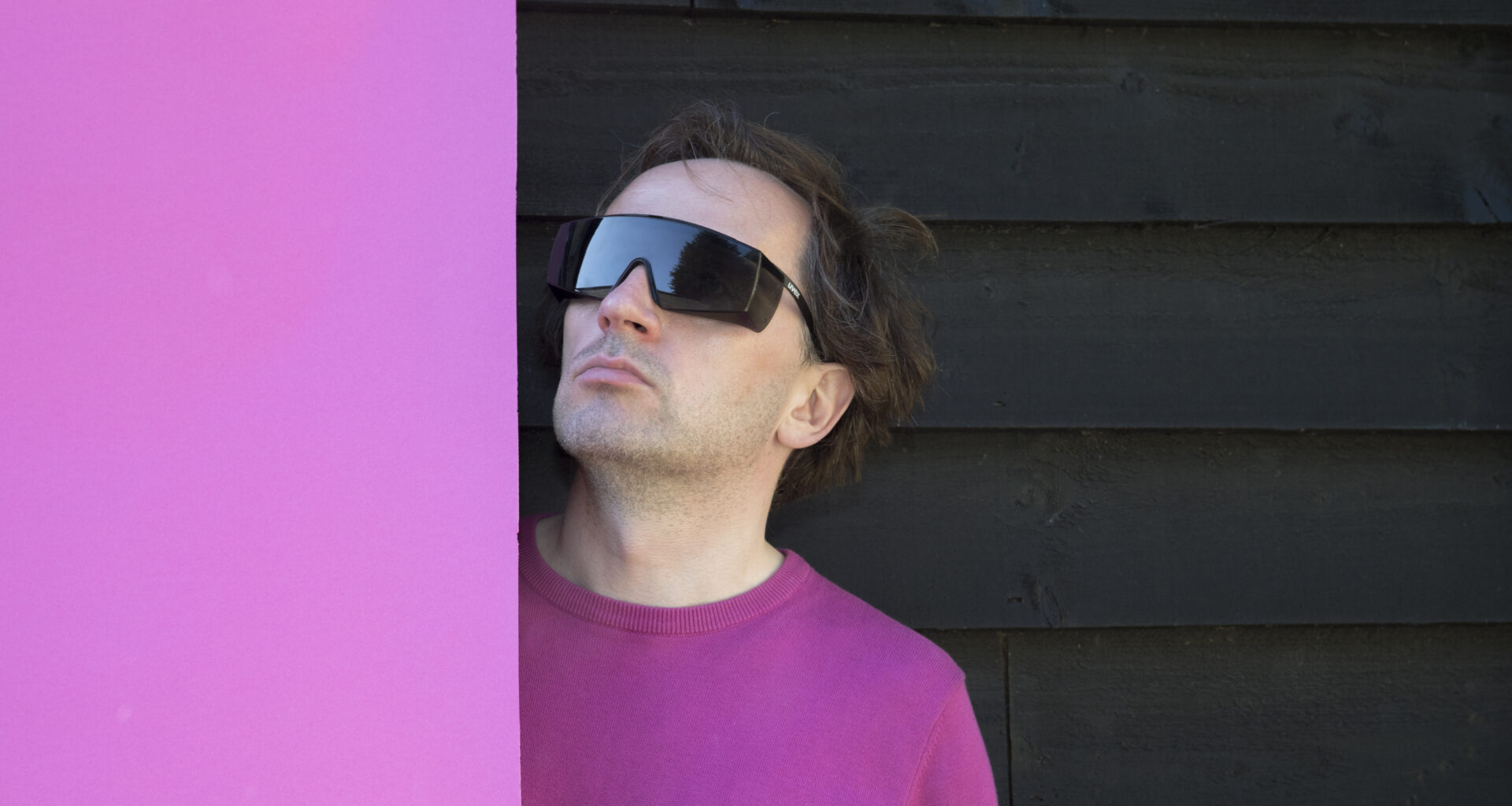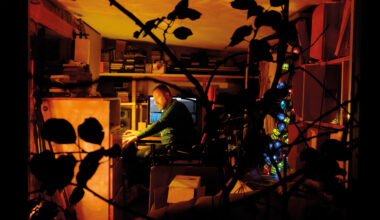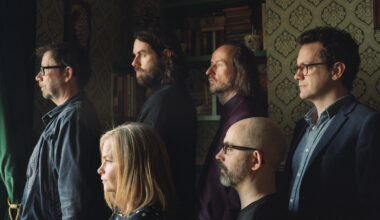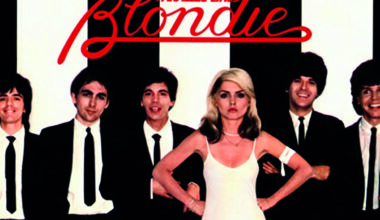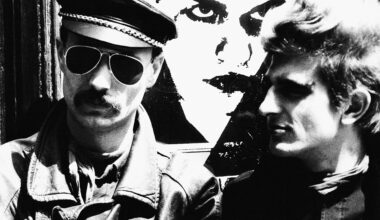From blind machine fury to rip-roaring bass monsters and ear-bending synthesis, Tom Jenkinson is always pushing boundaries, no matter what shape. With the release of a new album, we find him in reflective mood… can it be that Squarepusher is mellowing?
For a man whose music has all the enthusiastic energy of robots playing Twister, Tom Jenkinson is in a surprisingly melancholic mood. When I chat to him about his first Squarepusher album in half a decade, he talks of “dark times” and a “difficult and sad phase”. You might mistake this for the surliness of a hermetic knob-twiddler who’s spent months staring at the padded walls of a studio. You’d be wrong. There’s a good reason for his gloom. His umpteenth work, ‘Be Up A Hello’ was born out of the loss of a friend – and the potential loss of his career.
It began with a single, stupid moment at the start of 2018 on an especially chilly Norwegian archipelago called Træna. While wearing “inappropriate footwear” – I’m picturing Heelys – he slipped on ice and broke his left wrist. The doctors, concerned at a pesky nerve lingering too close to the damaged bone, threatened an operation. This was bad news for Tom, known for his Taser-powered speed-bass: no more prog-strutting in his LED-visored band, Shobaleader One, and no more signature Squarepusher fretwork. This was possibly the most dramatic moment for glacial Norway since George Lucas turned it into an icy battleground in ‘The Empire Strikes Back’.
“The doctor told me I could lose feeling in my fingers,” says Tom. “It was pretty hair-raising. Playing instruments is completely central to my work. I didn’t know at that point whether I’d be able to play again.”
The injury was tough, but the loss of a friend hit hard too. Last year, his old partying partner Chris Marshall died. A mate from school in Chelmsford, Chris used to borrow his dad’s Ford Escort to ferry Tom and their gang around town. Indeed, the new album’s title ‘Be Up A Hello’ is an in-joke from their teenage social circle. It isn’t something he wants to talk about with everyone, but as we discuss the album his affection is obvious. Back before Squarepusher was Squarepusher, Chris was a key part of Tom’s clubbing days.
“We used to drive out in Chris’ car, park up in an old barn, get some acoustic reinforcements and turn up the car stereo. We pulled off a really good party on the most basic of resources. I loved him and he was a great friend.”
Tom would take to the stage in Chelmsford clubs and play bass over the DJ, finding ways to mimic the electronic energy of, say, the Chicago acid house of DJ Pierre. Although haphazard (“emphasis on DIY, we really were just a bunch of kids”), melding that instrumental skill with boxy, four-to-the-floor machines formed the musical principle that would guide his later career.
“Those writing sequences were tied into how those boxes operated,” he says. “There would be all kinds of portmanteaus and accents and strange interlocking notes that you wouldn’t necessarily do on a bass guitar. But I would try to figure out how to play those acid riffs, to develop a technique to accommodate the wacky sequences.”
Chris had the same kind of computer brain as Tom, and on the back of the bass showmanship in the club, their experiments with electronic equipment helped map out this approach to music-making.
“We investigated synthesisers, samplers and drum machines together, and how different forms of synthesis were achieved. In the early 1990s, there was no online tutorial, we just had an old MIDI handbook in the library.”

Back to the present day, and with his bass guitars rendered unplayable by his broken wrist, Tom turned to technology for an answer – namely the old equipment from the Chris days. He dug out his ancient machines, crusty old hardware like Roland TR-707s and 909s, a Yamaha CS-80, and a VIC-20 home computer, all of which had been gathering dust in the corner of his studio.
He spent the first months after his injury obeying one rule: he would use this gear to record one track a day, every day. It was like keeping a diary back in the olden days, but instead of pages of scrawled handwriting that would eventually get chucked into the back of a drawer, he’d end up with dozens of squiggly sonic sketches and lopsided loops, of which maybe about 40 were usable. Although he was strict with himself, deleting the MIDI afresh every morning, this was a far cry from the laser-guided digitalism of his previous works.
“It was very slapdash and throwaway, not done with a view to them being heard by the public. I was just trying to have some fun and forget about this nightmare I was living through. It was dreadful.”
That free-form feeling has certainly carried through to ‘Be Up A Hello’. Compare it to, say, 2001’s ‘Go Plastic’ and you’ll hear a very different artist. He was more complex then, more difficult, almost an artist in adolescence. In fact, he sees early noughties Squarepusher as someone constantly putting barriers between him and the listener, eschewing melody and repetition, and yet still attempting something engaging.
“I’d moved about as far away as I ever had from melody then. But these new sessions were carefree. Nothing was in place, bar the one-track-a-day rule. Knock it out, who cares? This album was born out of that.”
And like most diary writers whose daily routine peters out long before the end of January, this new energy only lasted so far. As his sketches stretched into something more substantial, the one-day rule becoming a two-day rule and then into more involved editing sessions, he slipped back into the stubborn Squarepusher responsible for much of his harder work. So he put the brakes on.
“I took on a militant, hard-headed, futuristic mentality, and I thought, ‘Let’s stop here before I get too caught in a hyper-future project that’s going to absorb another two years of my life. Let’s just put the album out’.”
Producing this album, says Tom, in one of our many reminiscences about the past, made him “feel 17 again”. You can almost hear Chris egging him on as he fired up his old machines. But the past isn’t a comfortable place for Squarepusher, and Tom bristles at the thought of looking back too much. That’s understandable for someone so involved with futuristic projects.
Early last decade, he nearly brought on the AI apocalypse when he corralled a team of Japanese roboticists to create an automaton band called Z-Machines, complete with a 78-fingered guitarist and a drummer with 22 arms. For 2015’s ‘Damogen Furies’, he wrote his own sound-manipulating software to move him into sonic dimensions designed to blow our puny minds. Not for the first time, I wonder if Tom Jenkinson is a visitor from the future.
“There are a number of cultural forces dragging us to the past,” he explains, “but I don’t want to be one of them. I don’t want to return – I want to face forward because that’s the only way we’ll get through.”
The forces aren’t just cultural, they’re capitalist too. Tom rails against what he sees as the commercialisation of old kit, especially the analogue synth market that’s seen Roland drum machine prices rocket over the years. They’re not highfalutin collectables, he insists, they’re everyday music-making tools.
“They’ve been turned into museum pieces and it’s frankly bullshit,” he says. “These prices take them out of the range of people who want to experiment and have fun, especially kids, and instead they’re locked away by a bunch of rich, old men. I think it’s fucking disgusting.”
Now there’s the angry Squarepusher we know and love. The digitalist destroyer who’s constantly bludgeoning the Amen Break to death in a dark alley. I keep talking to him about his digitalism, a slightly clumsy phrase to describe the harder, computer-controlled elements of his sound – the bits that go faster and more furious.
“I like that phrase ‘digitalist’,” he says. “I don’t know if that is one you’ve just made up.”
It is, although I’m sure many other people have used it before me. He reflects on digitalism as an internal battle between the need to push us towards a robotic future where we’re downloading Squarepusher directly into our screaming faces, and the traditional musicianship that comes from being a damn good bass guitarist.
“I was too young to see punk the first time round, but people who I considered figureheads of the local scene when I was a kid were from that punk and post-punk period. I have a continuous fight between making fast music that’s vicious and aggressive and achieving highly developed instrumental skill as a performer. That conflict was in play on 2009’s ‘Solo Electric Bass 1’. It’s an unresolved battle, but that also means it creates an impetus for another day.”
This interview isn’t about angry Tom. It’s about someone reaching into the past to create something new, having marked his silver anniversary. It’s 25 years since his first Spymania release, ‘Conumber E:P’, later revived by Warp on the compilation album ‘Burningn’n Tree’. This is adult Tom, his teenage days long behind him, and I suspect some of the loss that has seeped into the new album comes from a natural wistfulness that appears as you age (ask your grandad).
Get the print magazine bundled with limited edition, exclusive vinyl releases
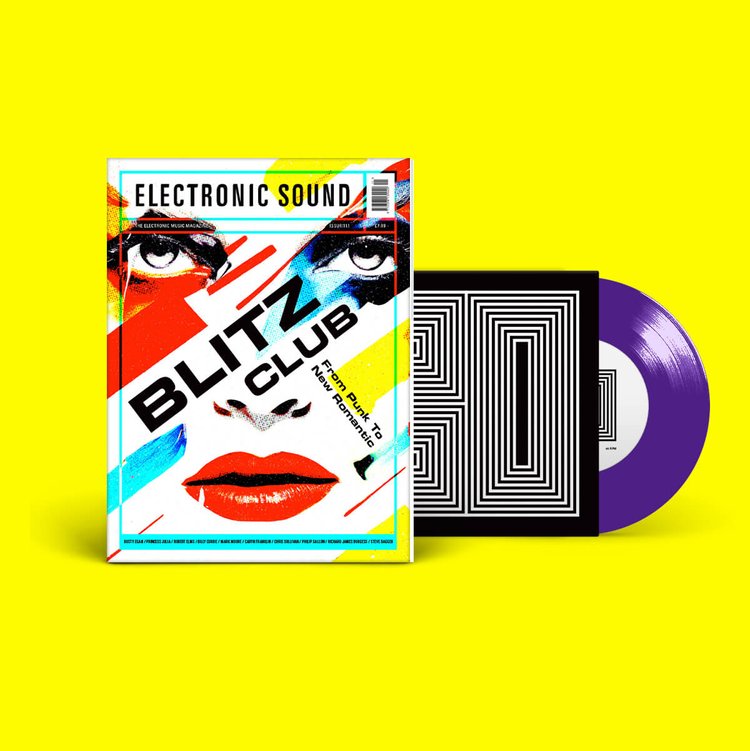
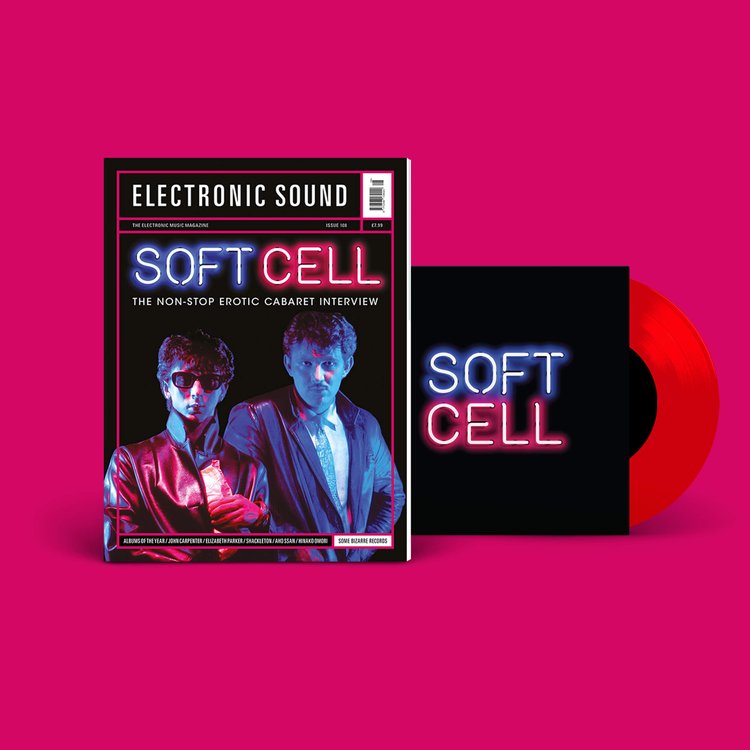
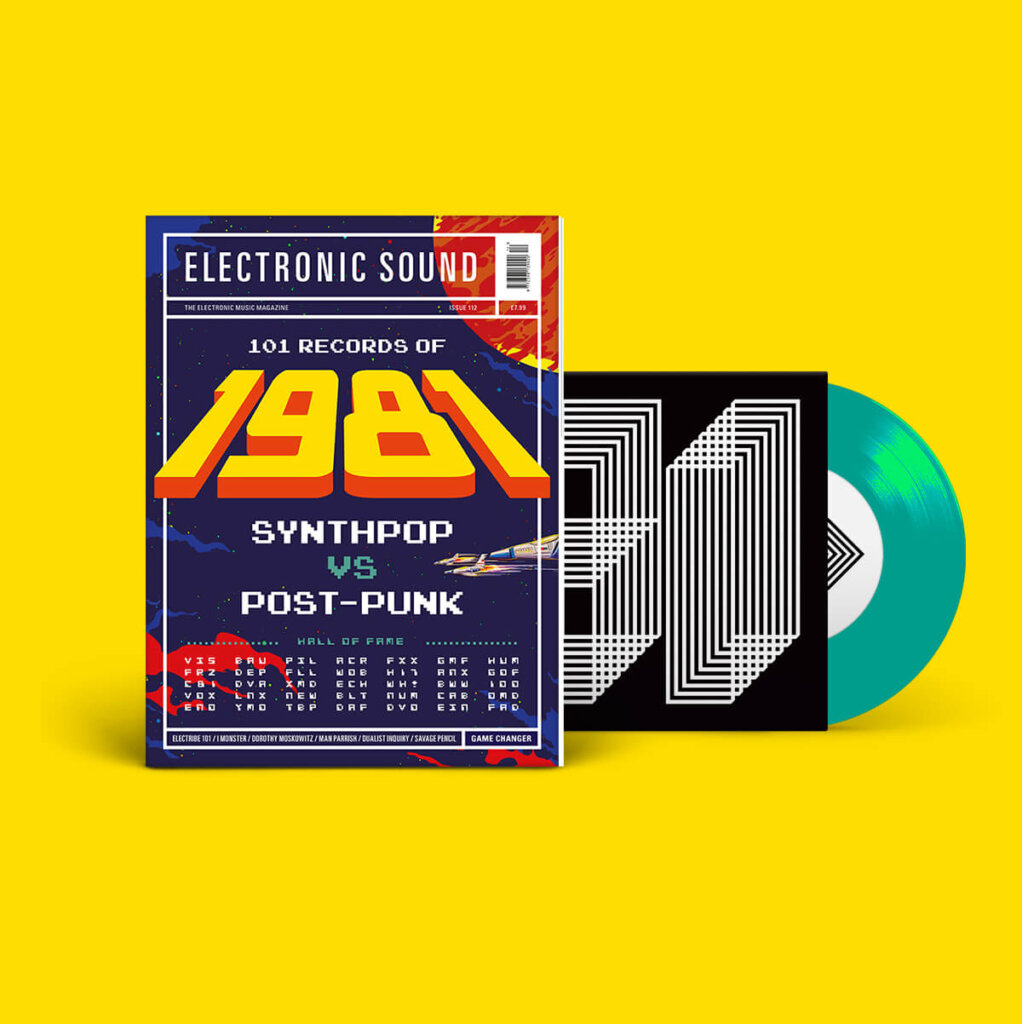
You can hear this maturity in the Ry Cooder-ish charm of opener ‘Oberlove’ and even in the slow melody underpinning the crash of nuts and bolts that is ‘Nervelevers’. The softer ‘Pusher’, which sets aside percussion in favour of ambience, has been heard before. We all remember the fleeting and funereal ‘Tommib’, which you’ll find on the ‘Lost In Translation’ soundtrack, snuggled between Sébastien Tellier and Death In Vegas.
More recently, however, Tom has expanded on this side of his sound. He composed the music for ‘Daydreams’, an hour-long meditative piece designed to help children sleep. The BBC-produced montage evokes spring showers and autumn leaves, with a few cute ducks thrown in alongside a voice-over from national treasure Olivia Colman. It’s all rather impressive and ever-so-slightly trippy.
“Helping children relax into a peaceful state of mind had a very positive social purpose,” he says. “I was proud to be part of it.”
Which brings us to the central piece of ‘Be Up A Hello’, Tom’s boldest ambient statement yet, and something that couldn’t have been produced back in his punkier ‘Go Plastic’ days. ‘Detroit People Mover’ is named after a driverless transport system in downtown Detroit. It’s the odd-track-out on the album, its production having preceded his wrist-break, and comprises four-and-a-half plaintive minutes of gently pitching synths and feather-light fuzz bass.
“I decided to make a big theme tune for an imaginary movie – a hypothetical soundtrack. Those deep chords remind me of early Derrick May records like ‘The Beginning’ and ‘Icon’. Hopefully, one person in a million might find it moving.”
He is healing well, and has been putting his fingers through physio by playing more electric guitar which requires less stretching across the frets than bass. I’m speaking to Tom shortly after my own ice accident, having just slipped over and sprained my foot. I was wearing trainers on a Manchester pavement, though. I respectfully suggest neither of us is getting any younger.
Ahead of him is a gruelling schedule of touring that will take him to Japan, Northern America and, er, the Bang Face Weekender in Southport, Merseyside. The Tom I’ve spoken to today seems quite thoughtful about it all. It’s a Tom I didn’t expect to encounter, but he seems so much more human than his 78-fingered robot guitarist.
“I’ll be honest with you,” he concludes, “some of it just destroys me. The continual jet lag, the bad food. I’m no spring chicken! But what are you going to do? Although music can only be a tangential positive influence, in some sort of humble way, right now I want to give people something to smile about.”
‘Be Up A Hello’ is out on Warp
